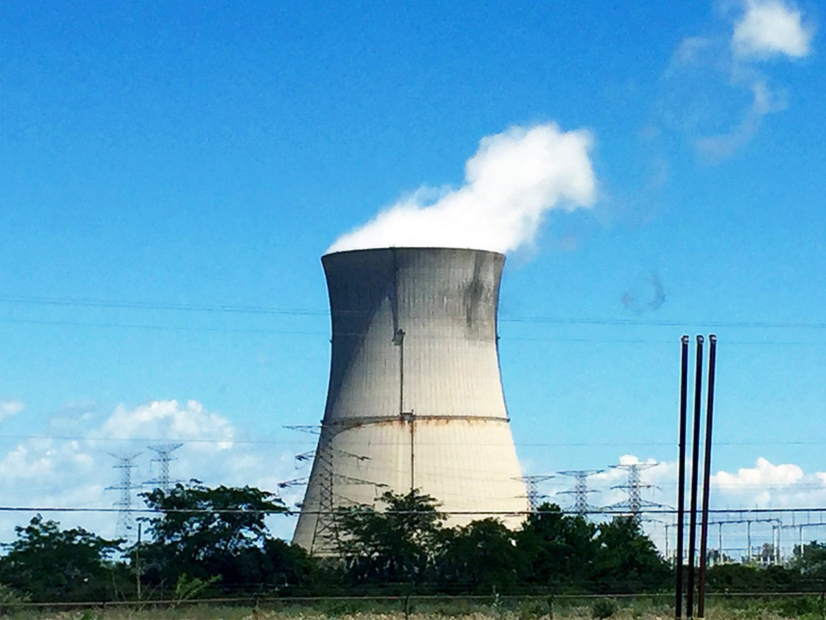
A special inspection team sent by the Nuclear Regulatory Commission to the Davis-Besse nuclear power plant in Ohio on July 27 has issued five safety findings that it discovered during an examination of the plant’s steam system following an automatic reactor shutdown July 8.
NRC on Friday issued a 69-page report in which inspectors called the shutdown “complicated” because of the failures of a steam system and electromechanical steam line controls.
The problems started when the plant’s main steam turbine tripped off, causing the reactor to shut down without incident. But engineers had to manually shut valves to fix steam system problems after the electromechanical controls failed to work, according to the report.
The six-member inspection team concluded that Davis-Besse engineers had installed the wrong part in a switch controlling the steam valve system and that overall the plant had inadequate “procedural guidance” for control room operators in such a situation.
The commission is still determining the safety significance of two of the five findings, involving the failure of the plant’s emergency diesel generators (EDGs) five times over 24 months preceding the July shutdown. The failures occurred during routine testing to make sure the EDGs would instantly start and instantly generate electricity.
The inspection team reviewed the efforts by Davis-Besse’s engineers to find the cause of the failures of the large EDGs during routine testing. The inspectors determined that there had been inadequate maintenance in one case and the use of an updated but inappropriate electronic part in another case. The correct, updated parts have been installed since the failures.
NRC is now doing a complicated risk assessment of the failures of the EDGs to start as designed, as failure during an actual emergency involving the reactor could lead to catastrophic consequences.
EDGs must be able to automatically start and immediately generate power when a reactor shuts down and the plant is simultaneously cut off from grid power, making their operability critical during an emergency.
A nuclear power plant requires about 4 MW to run all its operating, safety and control systems. If the generators are inoperable during an emergency, a battery backup system powers certain emergency equipment for a limited number of hours.
Davis-Besse is owned by Energy Harbor, the successor to FirstEnergy Solutions. Davis-Besse is owned by Energy Harbor, the successor to FirstEnergy Solutions. Energy Harbor did not respond to a request for comment.


